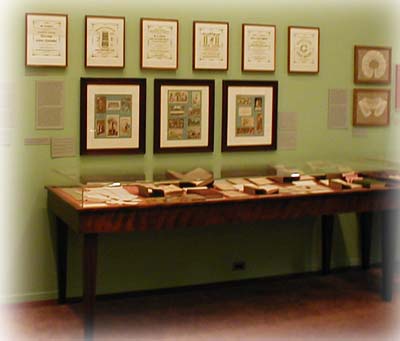
Case 1 of 2: Industry
The birth of American industrialization is often credited to Samuel Slater, an immigrant from England who in 1790 constructed the first successful American cotton-spinning mill in Pawtucket, Rhode Island. As a protégé of Jebediah Strutt (partner of Richard Arkwright, the inventor of the water-powered spinning machine), Slater had been exposed to all phases of the factory system prior to his arrival in the United States. However, it was not until 1813 that the factory system was applied to the entire textile industry. Francis Cabot Lowell and his associates built the first American manufacturing company to process raw cotton into finished cloth. By 1815 hundreds of textile mills were in operation and household fabric production had become limited to rural communities. After the war of 1812 improvements in transportation further fueled the ensuing industrial revolution. The opening of canals provided access to the anthracite region of Pennsylvania in the late 1820s, fostering the emergence of steam-powered mills across New England. Railroad construction followed, facilitating the development of a national market for all manufactures.
By the mid-nineteenth century nearly all fabric production was in the hands of the manufacturer. This rapid advance of the textile industry soon placed American producers in competition with established European firms. German wool and Asian silks, which previously dominated the needle arts, were now contending against comparable American threads. This sparked a spirit of invention and innovation in the textile industry that resulted in a wide variety of materials in new colors and textures. Beginning in 1851, industrial fairs became annual events across Europe and the United States, giving manufacturers the opportunity to showcase their new merchandise. Products exhibited included ready-made fabric, needles, sewing and knitting machines, dress patterns, and finely spun threads, the convenience of which greatly influenced the emergence of crochet and knitting in American popular culture.
